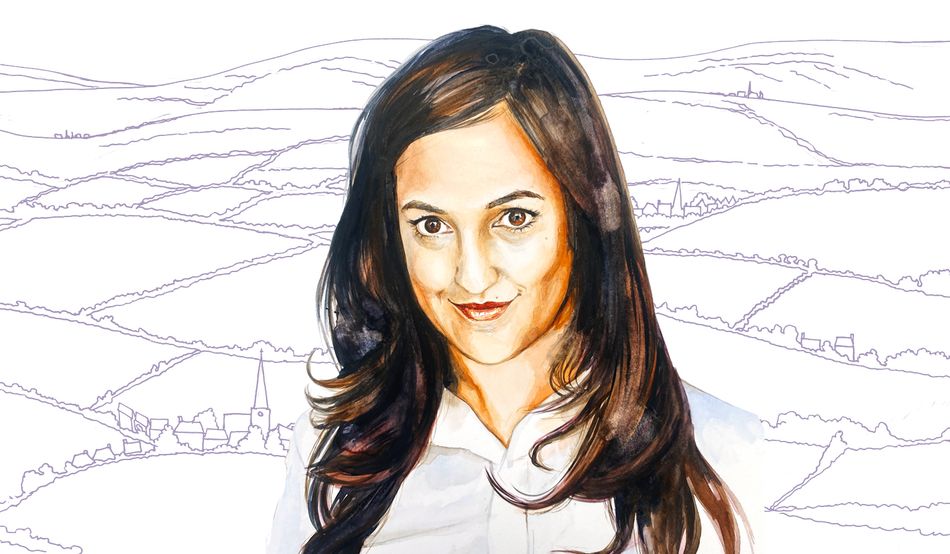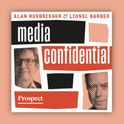A couple of weeks ago my husband took a photograph of me. In the picture, I’m wearing a glamorous, fitted green leather coat, trimmed with faux fur. There’s a diamanté clip in my hair. And I’m holding a chicken. Not one from the supermarket, but a chicken that’s very much alive. It’s hard to tell what’s more incongruous: me or the bird?
“A picture is worth a thousand words,” as the adage goes, and this one speaks eloquently. Chickens and diamonds do not go together. My green leather coat and the rustic cottage in the background mix like oil with water. And yet, all these elements make a rather fine photograph: a picture of contrasts.
I’m not sure I could be happy if my life wasn’t full of these contrasts. When I lived in London, I used to visit the countryside for weekend breaks to remove myself from the upbeat tempo of city life. Now, having lived in rural Wales for six years, I book getaways to the city. It isn’t simply a case of wanting what you don’t have, but that the juxtapositions can be beautiful. Without them, life can feel like a straight road without detours.
I started to feel recently that my life was prosaic, in a way I had never noticed before. When I moved to the countryside, my wardrobe changed. Heels were exchanged for wellies. I didn’t expect to feel a sense of lost identity—I’m not a fashion aficionado and I am a firm believer that clothes do not make the man (or woman)—and yet I felt a strange longing for my old city outfits.
In the countryside, comfort and practicality sensibly determine what you wear. We have a sort of uniform: leggings, jeans, wellies, hoodies and weatherproof jackets. There’s a sense of liberation in doing away with clothes that require ironing—but one day I decided to press a top, and my neighbour asked whether I was going somewhere nice. This is just the rural way of living. A friend who lives in a small village in France told me that there’s an expression people ask anyone who looks even a little bit fancy: “are you visiting the mayor?”
In London, I’d go out to clubs and parties in Soho wearing chic dresses and coats, clothes that make you want to walk out into the world because you feel good. I’d put on some groovy, well-thought-out attire and go to the Brits or some other music awards show with my husband, who works in the industry. But now, even the clothes that I’d wear to visit an art gallery seem too “dressy”.
Missing my old way of dressing made me think about what our clothes really mean to us. Being surrounded by cats, dogs, sheep and cattle reminds me that we are the only creatures who take such care to customise our appearance—whether we want to stand out or fit in. My clothes are brighter and more ostentatious when I feel happy. When I’m down, I don’t really care about what I’m wearing and clothes perform their most basic function: to cover up. To dress is to be human. Our clothes are often thought of as an expression of who we are and, as a person who thrives in a life of contrasts, the juxtaposition was no longer there. There was too much of one life, and not enough of the other.
To rectify this imbalance, I decided to put on a full-length, mink-coloured sequinned gown I once wore to the Baftas. That day, in my little study, I wrote an article while dressed to the nines and drank tea using my favourite teacup and saucer (my usual mug just wouldn’t do). By the end of the day, I was happy to return to a hoodie, a pair of leggings and my Peter Rabbit mug.
The following evening, I went out with my neighbours for dinner. I decided to wear a treasured leather coat, neglected since I moved to the country because I thought it looked too fancy, and fixed that diamanté clip in my hair. When I came home, my neighbours’ chicken ran to me and I picked it up for a cuddle. Life has more meaning when it is filled with contrasts.













